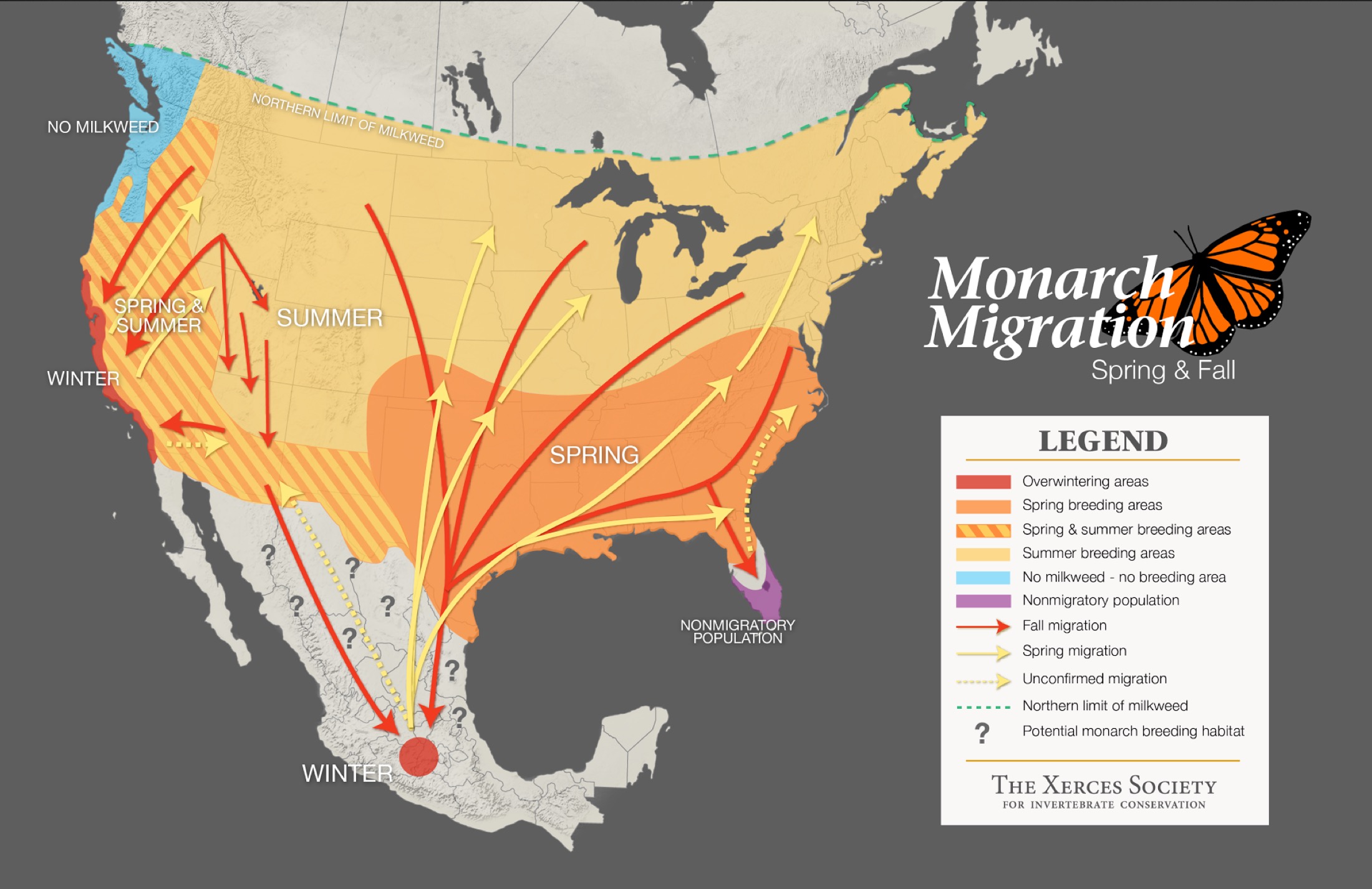There are two kinds of gardens The mundane where gardening tasks are a boring chore, and the creative where any time spent there can be both therapeutic and inspiring. The difference is in giving thought to WHY one plants a garden to begin with.
Most people put more thought into a grocery list than their planting list. Groceries will be consumed in a few days, but you can be stuck with hastily selected plants for years. Are you planting for color and cutting? To create an elegant and tranquil sanctuary? Or, maybe to invite butterflies? You could do all three with thoughtful planning. Then, with the end in mind, you can plant future memories and butterflies, not just flowers.
Butterflies prefer the structure of flat-topped, "landing pads" like coneflowers, asters, and lantana to collect nectar. Plant for a succession of blooms to support the delicate visitors from spring through fall. You also want to consider plants that invite butterflies to lay eggs or feed larvae, like milkweed for monarch butterflies. Annuals like marigolds and zinnias will attract butterflies, but a garden filled with native perennial butterfly favorites will come back and increase year after year. Additional butterfly attractants include sand beds that hold shallow puddles of water, and food items, like soft, decaying bits of fruit.
This tiger swallowtail is enjoying sipping nectar from an orange lantana.
Next, consider your available space. Are you creating a small bed, or planning an entire yard? Larger areas can accommodate shrubs and trees, which can provide both food sources and butterfly nesting habitat and shelter. This sketch was created for a pair of complementary butterfly gardens in an area of about 600 square feet. Note, the larger shrubs like ninebark are used as a backdrop to smaller perennials.
Butterfly Garden by Bluestem Services
Color is a matter of personal taste, but a larger butterfly planting, like any designed landscape, typically considers the color and style of a home or building for overall curb appeal. Informal gardens often have a light-hearted variety of bright colors. More traditional landscapes will keep to a simpler, more subdued palette. Monochromatic plantings, especially those in whites and creams, are both soothing and sophisticated. White flowering plants are beautiful in moonlight. Moonflower, gardenia, tuberose, nicotania and jasmine have the added plus of heightened fragrance at night.
In addition to sheer enjoyment, many love to photograph visiting butterflies, or use the moments to educate children. Done correctly, butterfly gardening can help support migrating butterflies and increase their local populations.






